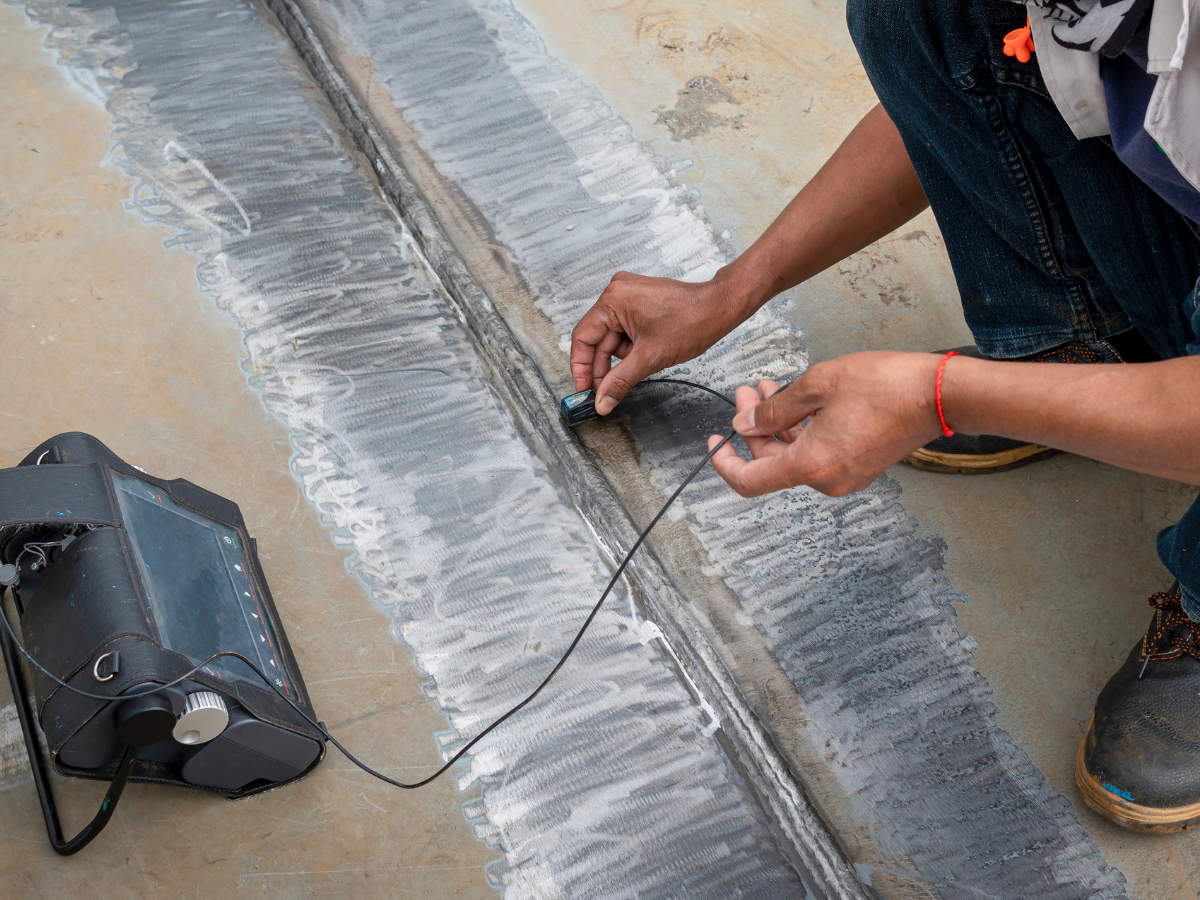5 Facts About Radon
March 19, 2025
Five Important Facts About Radon, Your Home and The Invisible Threat
Radon is a radioactive gas which is naturally released from elements such as water, soil and even rocks. Radon can cause significant health problems, including lung cancer, if it is allowed to build up in residential areas or other buildings where people spend time. If you want to know more about radon, including how you can test for it in both residential and commercial spaces, read on to discover five facts about radon.
#1: Radon can get into your home easily
There is a common misconception that radon can only enter the home through large cracks, open windows or other noticeable gaps that can be spotted and corrected with a bit of
home inspection. Unfortunately, radon can enter your home fairly easily and through many different venues. Since radon is present in the air, water, soil and rocks, there are many avenues through which radon can enter the home. For instance, radon from spoil can seep through cracks in flooring; from there, radon gets into the air and will spread throughout the home. Radon can enter the home through groundwater pipes, cracks or small cavities inside walls, and even through sump pumps.
#2: Radon is responsible for cancer-related deaths
Did you know that radon is actually the second leading cause of lung cancer in the United States? Next to smoking, radon is a major factor in the development of
lung cancer. When radon is breathed into the body, over time, the radioactive particles that comprise radon will become trapped inside your lung. This may then develop into lung cancer, a serious and often fatal type of cancer. The more time you spend in a room with radon, the higher the chances that radioactive particles will become stuck in your lungs.
#3: Radon cannot be detected without testing
Radon is colorless, odorless and cannot be detected with your eyes, ears, mouth or any other senses. There is only one way to find out if there is excess radon in your home or any other space: testing.
#4: 1 in 5 homes have elevated radon levels
In the United States, it is estimated that about 1 in 5 homes have
elevated radon levels. This means that 1 in 5 households are being exposed to high levels of radon that may severely increase their risk for developing lung cancer. This startling statistic is a good example of why radon testing is such an essential action to take, especially if you have never had your home or business space tested for radon.
#5: There is no safe level of radon
There is no safe level of radon, so it is very important to make sure that you test for radon in both residential and commercial spaces. You should also do what you can to decrease the chances of high radon levels in your home, including: sealing cracks and crevices inside floors and walls; covering dirt floors underneath homes or garages with plastic sheets and installing vent pipes that will ventilate radon from the dirt outdoors; and using vents and circulation fans to improve air circulation in the home.
If you are unaware of your home and its radon levels, it is important to test the home with a
radon test kit. Radon test kits can be purchased at your local hardware store or online. However, if you feel more comfortable with a professional company that specializes in radon testing, a team will come to your home to properly place tests throughout and later on, analyze the tests for results. If the test results are positive for high radon levels, the company will recommend installing a radon mitigation system, which will ventilate the air within the home and consistently decrease radon levels. This is so important for you and your family, as high radon levels within a home can be a life threatening situation. Don’t wait or ignore the possibility of built up radon in your home, call
Steel City NDT today to learn more about radon testing.





